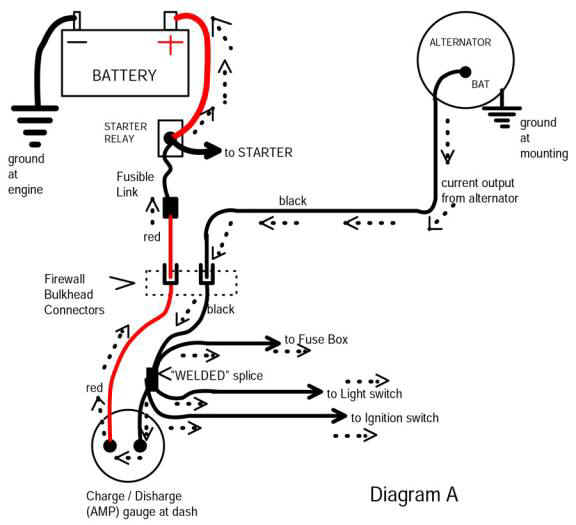Hello All,
I'm having problems with my daughter's car and I don't know what else to do... It is a '76 Valiant with a slant 6 engine. As far as I can tell, the car is completely stock. It was her mother's, grandmother's car and she didn't drive it very often...
She went to start it and it started clicking like the battery needed charged and a little bit of smoke came up, off a wire. I hooked up the battery charger and it didn't help. I cleaned the battery connections and then went ahead and put new terminal connectors (cable ends?) on it and still didn't help. I put a new starter on it in Jan. of 2014 but I pulled it anyway and had it tested, after putting a spare battery in it, which was pretty new. Took her battery in and had it tested while I was at it and they (AutoZone) said it was the battery ($130.00) and the starter is fine. Installed new battery and get the same thing; car won't start and smoke puffs up from the area around the back of the brake master cylinder. Went back to AutoZone and got a "reducer" (?), cleaned all of the connections I could find and checked all of the grounds I could find. Installed it and I get the same thing... Getting really tired of throwing money away so I thought I would look for help before saying I'm done and take it to a real mechanic...
Oh, and the last time I tried to start it, she was watching for the smoke and said a wire glowed so I looked closer and I see bare wires so now I have to fix that as well and the wire goes in and out of wiring harnesses... If I need to submit pictures of the wires, let me know.
Mike
I'm having problems with my daughter's car and I don't know what else to do... It is a '76 Valiant with a slant 6 engine. As far as I can tell, the car is completely stock. It was her mother's, grandmother's car and she didn't drive it very often...
She went to start it and it started clicking like the battery needed charged and a little bit of smoke came up, off a wire. I hooked up the battery charger and it didn't help. I cleaned the battery connections and then went ahead and put new terminal connectors (cable ends?) on it and still didn't help. I put a new starter on it in Jan. of 2014 but I pulled it anyway and had it tested, after putting a spare battery in it, which was pretty new. Took her battery in and had it tested while I was at it and they (AutoZone) said it was the battery ($130.00) and the starter is fine. Installed new battery and get the same thing; car won't start and smoke puffs up from the area around the back of the brake master cylinder. Went back to AutoZone and got a "reducer" (?), cleaned all of the connections I could find and checked all of the grounds I could find. Installed it and I get the same thing... Getting really tired of throwing money away so I thought I would look for help before saying I'm done and take it to a real mechanic...
Oh, and the last time I tried to start it, she was watching for the smoke and said a wire glowed so I looked closer and I see bare wires so now I have to fix that as well and the wire goes in and out of wiring harnesses... If I need to submit pictures of the wires, let me know.
Mike



















